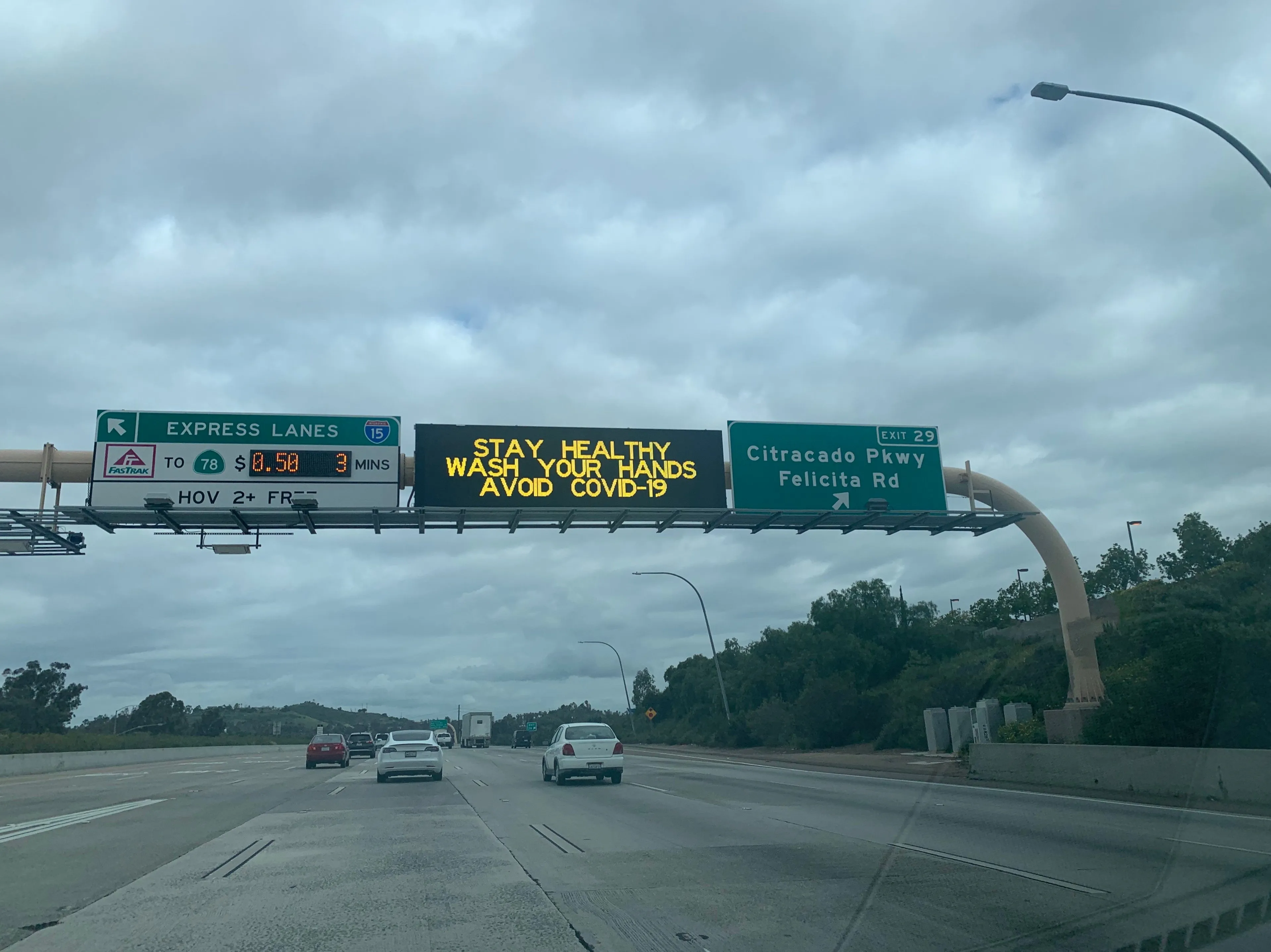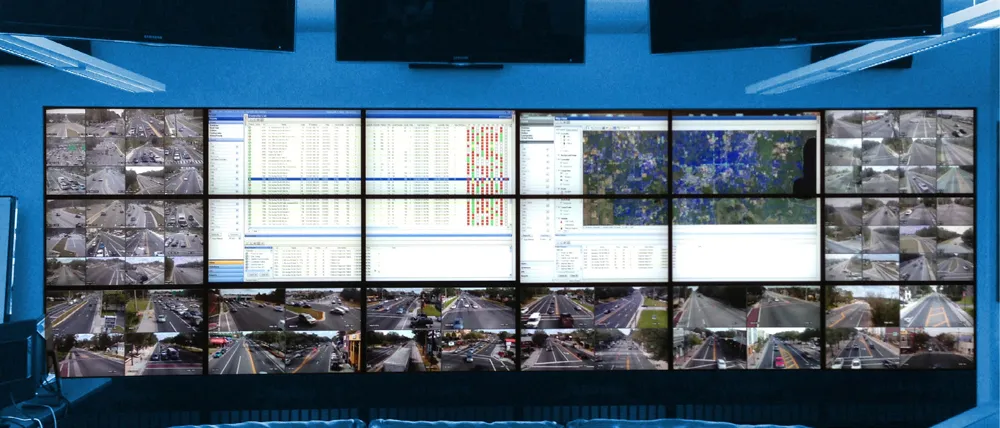Trafficware has announced here at ITS America 2016 San Jose that following a competitive bid, the city of Fremont has selected the company’s central traffic management ATMS.now technology and will also add SynchroGreen adaptive signal technology on a 2.2-mile stretch of Fremont Boulevard.
The bid team was led by Trafficware’s exclusive distributor for northern California Western Pacific Signal (WPS) and the project will replace an older system. The new technology is scheduled to be deployed by late first
June 13, 2016
Read time: 2 mins

The bid team was led by Trafficware’s exclusive distributor for northern California Western Pacific Signal (WPS) and the project will replace an older system. The new technology is scheduled to be deployed by late first quarter 2017.
“We are pleased to welcome Fremont into the Trafficware customer family,” explains Trafficware CEO Jon Newhard. “Trafficware has become the partner of choice for technology-savvy customers such as the City of Fremont and the natural choice for agencies looking to move to a more modern platform.”
The Fremont Boulevard Corridor is targeted for the latest deployment of adaptive traffic management in the Silicon Valley and San Francisco commuter area. The corridor is a major arterial in the city that experiences drastic and highly directional traffic during morning and evening peak periods; more balanced traffic operations during the off-peak periods; but also has swings in traffic volume due to nearby schools. Adding smart signal technology that responds to real-time conditions through this corridor will ease congestion and manage queues caused by traffic volume fluctuations.
The city of Fremont joins other nearby Bay Area communities adopting Trafficware technology, including Palo Alto, Santa Clara City & County, Oakland, Walnut Creek, Fairfield, Napa, Brentwood, Pittsburg, Concord, Dublin, Pleasanton, Livermore, San Leandro, Hayward, Foster City, Milpitas, Cupertino, Campbell and Alameda County.









